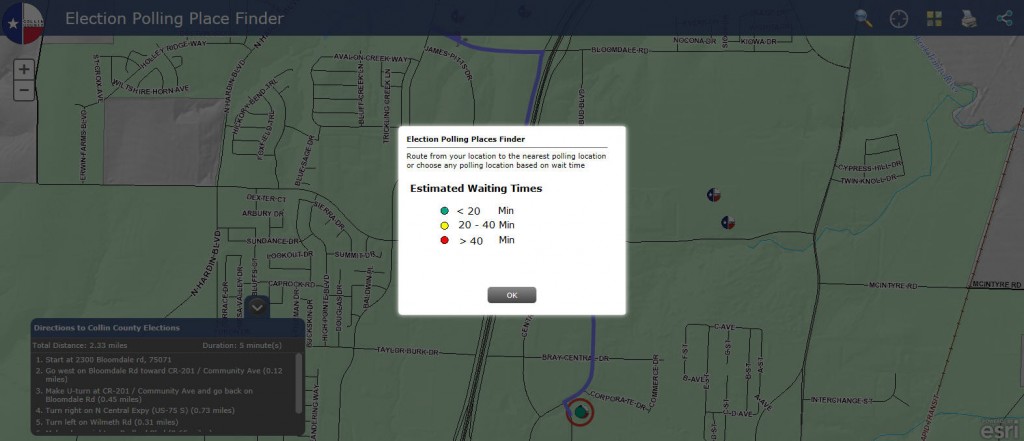In looking back on the last month, two items have occupied my thoughts, our whereabouts, and the upcoming elections. These two items may seem unconnected, dissimilar, or even odd, but I’ve come to the conclusion that we don’t think about them enough, together.
Whereabouts to Placemaking
Whereabouts: There is much talk today about getting people interested in and, in general, persuading people to consider and think about their whereabouts. Their whereabouts at home, at work, and as they are out-and-about in their community, living their lives.
The term placemaking is an overarching idea for improving one’s neighborhood, community, or city. To be heavy-handed, it is trying to reinvent how people can make their place in the community. Placemaking compels us to consider, in our civic interactions, our whereabouts; our places occupied by, our home, our neighborhood, and our community where we live with our fellow citizens.

Location and Elections
The Elections: Watching and reading the news, one cannot avoid stories about the election and our civic duty to vote. I see articles about the problems with voter turnout, apathy of the minority and youth voter, and the processes states create to make registration easy and available to all.
Each voter must ultimately know, and vote for, Governor, Lieutenant Governor, State Senators, and Representatives, Assemblymen, or Delegates. In addition, some states have other elected officials like Attorney Generals or Comptrollers. Then there’s local officials elected at the level of counties, cities, towns, villages, the list goes on. That makes an estimated 500,000-elected office-holders. By the way, we vote for these officials through our local precincts and there are just under 180,000 of them. How’s that for whereabouts?
So here’s the connection:
- Isn’t it one’s civic duty to vote?
- Isn’t voting the original civic engagement process?
- Isn’t knowing our elected officials, both national and local, key to our civic obligations?
- Don’t you have to know your whereabouts to participate?
Governments Bring Place to Voting
Governments need Apps that makes their citizens, us, aware. Not only aware, but to know where… where to vote, what election jurisdictions we live in, who is running for office within the district. Election Clerks spend a great deal of time ensuring the correct voters vote for the correct candidates and that we know for whom to vote.
Some great examples include Fairfax County, Virginia, Harrison County West Virginia, and Collin County Texas. Each county was able to develop and deliver public facing apps rapidly from a collection of free Apps and Maps.
So, in this upcoming election season, consider your whereabouts. Are your election clerks making the information that you need available and actionable, like Fairfax, Harrison, and Collin counties?
